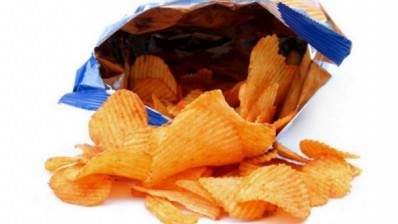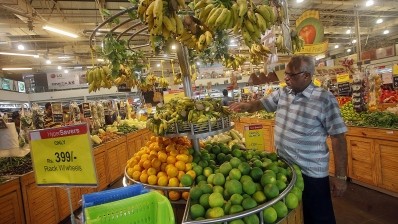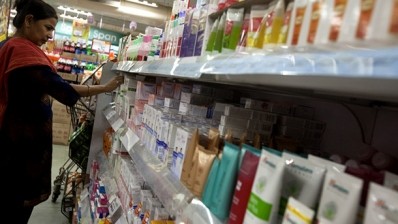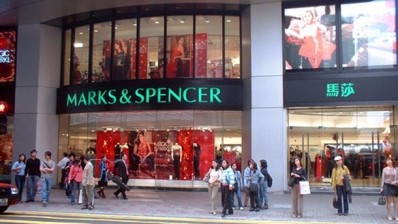India quicker than China to adopt private labels
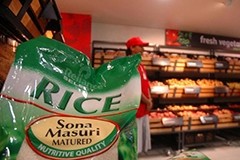
Rabobank examined private label products and found that growth in the segment is closely linked to the outlook for modern retail market penetration.
Last year, Indian regulators eased restrictions on foreign direct investment in multi-brand retail, encouraging growth in modern retail alongside India’s 8m traditional retailers.
Gathering pace
Shiva Mudgil, an analyst for Rabobank’s food and agribusiness research and advisory in India, said: “While it took Europe 50 years to achieve 28% market penetration of private food labels in retail, Rabobank expects India and China to reach the same level in just 15 to 20 years.”
Rabobank believes that modern food retailing in India will reach 15% market share by 2020, and achieve 26% by 2025. At the same time, it expects the private label market share in modern retail to be around 10.5% in 2020, and reach 25% by 2030.
“Currently, India’s modern retail market is relatively small, accounting for 6.5% of total food retail. But major national retailers such as Reliance Retail, Aditya Birla Retail and Bharti Retail, have private labels in food categories so we see significant growth potential,” added Mudgil.
“Today private labels in India’s modern food retailers account for about 4.5% across all categories. However in staples like rice and wheat flour, it can be as high as 30% to 50%, due to high price sensitivity and low brand recognition,” he said.
Rabobank believes the dynamics that underpin private label are supported by Indian consumer and modern retailer trends. For example, Indian consumers place a high value private labels for their availability and affordability - factors that are prized over brand loyalty and product safety. With India’s national retailers expanding in tier 1 and 2 cities, private labels can help boost scale and lower costs to compete with traditional retailers with lower overheads.
Entrance fees
The other advantage for India’s private label uptake in modern retail is the limited use of entrance fees in retail, which can boost retail margins by up to 20%. By comparison, modern retail in China relies heavily on such fees.
While modern retail accounts for 60% of total food retail in China, the market is highly fragmented, with the top three modern retail chains covering only one-tenth of the market. Food retailers lack the scale to make private label economically viable.
In China there are more than 600,000 products in the FMCG market, yet a typical hypermarket stocks about 12,000 products. Manufacturers of leading brands pay entrance fees to retailers of between 5% to and 10%, which can then be passed onto consumers. Entrance fees can contribute as much as one-half to a retailers’ gross margin.
“With entrance fees already contributing significantly to margins in China’s modern retail, there is little incentive for retailers to enter the private label market to lower costs,” noted Mudgil.
“Furthermore, food safety concerns are holding consumers back from supporting private labels. China has experienced many food safety scares in the last five years, and even leading international retailers have had food safety concerns. For example, excessive amounts of bacteria were discovered in Carrefour meat products. These scares have not helped consumers support private label in China.”
China’s food retail market is saturated and characterised by heavy competition. While geographic expansion supported business growth in the past, there have been closures and acquisitions in recent years as the market consolidates and takes over smaller players.
“Looking ahead, Rabobank expects consolidation in food retail leaders to intensify in China. We expect the top-three food retailer concentration ratio to double from the current 10 to 20 percent by 2025,” added Mudgil.
